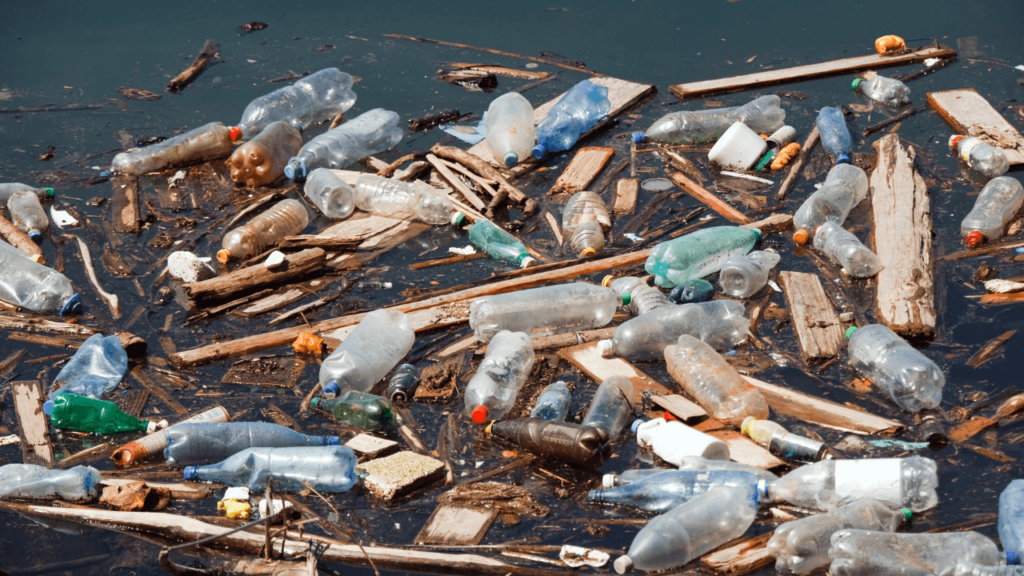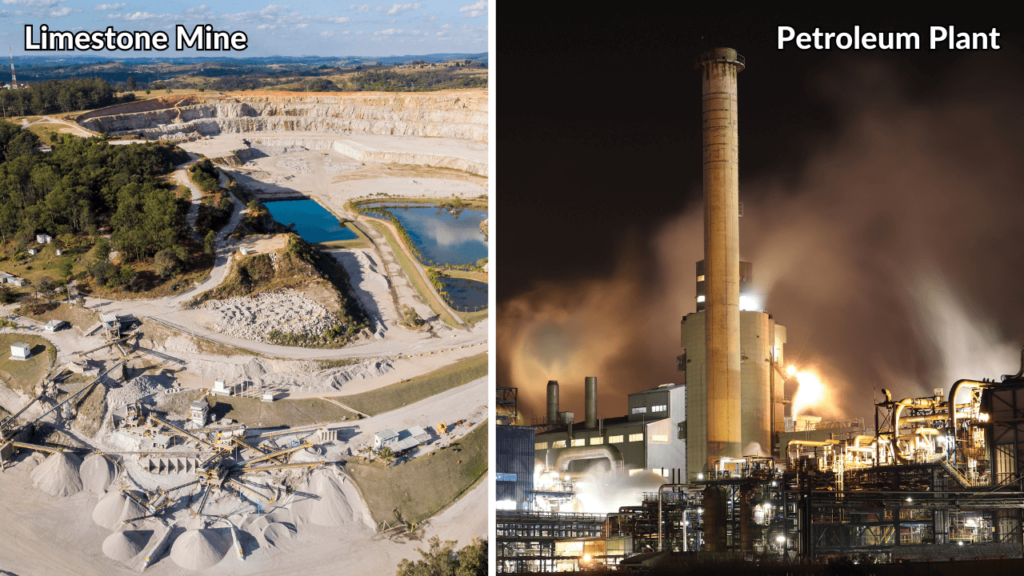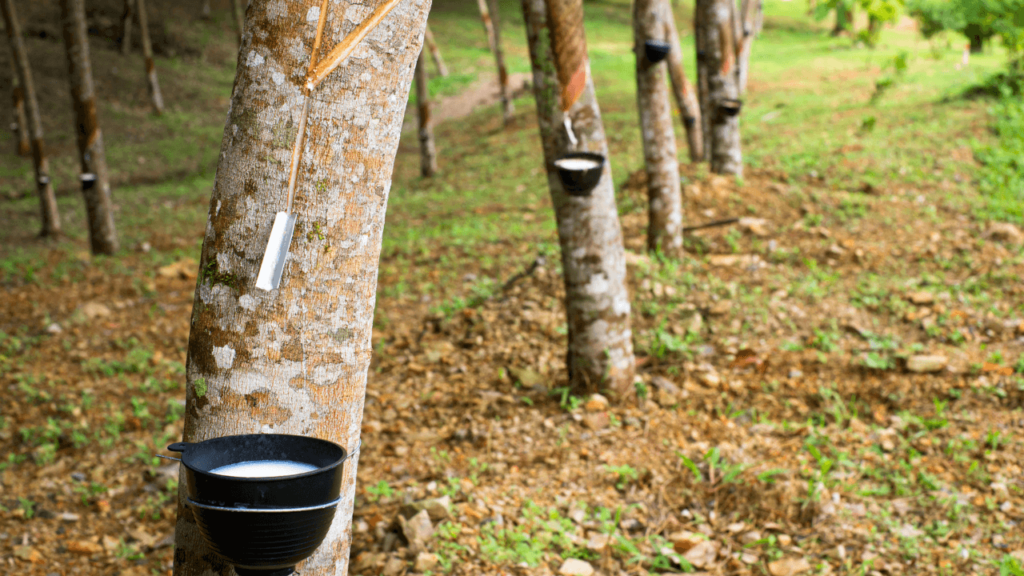What Are Eco Friendly Wetsuits Made Of?
Wes Severson April 10th, 2023 Posted In: Articles
What Are Eco-Friendly Wetsuits Made Of?
The neoprene traditionally used in wetsuits is a petroleum-based product, making them environmentally unfriendly. Since surfing, SCUBA diving, and other water sports that require wetsuits are done in eco-sensitive environments like the ocean, rivers, or lakes, wetsuit companies should be extra conscious of what types of materials they use to make their products.
Some companies, whether out of genuine concern or to make them more marketable, are trying their best to create environmentally friendly wetsuits that bypass the use of petroleum and have a smaller carbon footprint.
Here are some of the most common types of materials that are being used to make eco-friendly wetsuits:
- Limestone Neoprene: Limestone can be broken down to make a product that works well for eco-friendly wetsuits. This also allows companies to ditch petroleum-based neoprene.
- Neoprene From Natural Rubber: This material feels and functions almost exactly like neoprene, except it is made from natural rubber from trees. That means it has a much lower carbon footprint.
- Water-Based Lamination Glue: Many wetsuit companies have switched to water-based glue to hold parts of their wetsuits together. It replaces older oil-based glues that use substances that are harmful to the environment and create a strong chemical smell.
- Dope Dyeing: This method is used to dye artificial fabrics and substances like neoprene. However, it is much less impactful on the environment when it comes to carbon emissions and wastewater.
- Recycled Linings: Wetsuit linings have traditionally been made from plastic, usually made from petroleum, which are melt-processed into fibers. To minimize the environmental impact, more and more companies are choosing to make the linings in their environmentally friendly wetsuits from recycled plastic bottles or tires that might otherwise end up in the ocean.

There’s no magic pill to make eco-friendly wetsuits so that they have absolutely no impact on the environment, but each of the things listed above does help get us closer. Let’s break down each component on our list to help explain why they are making a real difference.
Limestone Neoprene
Neoprene was invented in the 1950s and is still widely used in wetsuits today. However, a decade or so after the invention of neoprene, a new environmentally friendly way of making neoprene was created. Instead of using petroleum, manufacturers started using calcium carbonate from limestone to make neoprene. Much of that manufacturing is done in Japan, home to most limestone mines, where the substance is processed to form rubber chips. These are then melted to create a rubber foam filled with air bubbles.
Mining limestone is easier on the environment compared to the production of petroleum. The cool part about it is that the insulating characteristics of limestone neoprene are believed to be better than petroleum-based neoprene, which means eco-friendly wetsuits that use it may keep you warmer.

Neoprene From Natural Rubber
More companies are using rubber trees in Sri Lanka to create neoprene-like material to make their environmentally friendly wetsuits. Unlike traditional and limestone neoprene, using natural rubber tends to have a lesser impact on the environment because it doesn’t involve heating up substances to extreme temperatures to melt them. That means much less energy is being used. One of the leading makers of environmentally friendly wetsuits made from natural rubber is Patagonia.
However, there are downsides, including the cost, which is usually much higher than a traditional wetsuit. Natural rubber eco-friendly wetsuits tend to be the priciest. Also, keep in mind there are still impacts on the environment in the form of deforestation and the cost of transporting trees to factories where they can be processed.

Water-Based Lamination Glue
Plenty of glue is used in the making of a wetsuit. The adhesives that have been traditionally used have been made with countless chemicals that are harmful to the environment and stinky. Thankfully, water-based glues are pretty common these days and are used in most wetsuits in general, especially eco-friendly wetsuits. Thus making them less toxic to you and the water you’re in. Water-based glue also spares the air of the unclean toxins. These toxins can be spewed out during the production process of glue.
Although the glue is water-based, it doesn’t dissolve in water. And thanks to major technological advancements, it is just as strong, and in many cases stronger, than chemical-based wetsuit glue.
Dope Dyeing
The process of dope dyeing involves injecting colors and pigments into the neoprene when the material is in the semi-liquid stage. The method was created to replace the traditional method of fabric dying, known as wet processing. This happens after the material is created and involves a lot of harmful chemicals and pollutants. Fabrics and substances like neoprene are dope-dyed to reduce the amount of chemical waste.
On top of that, eco-friendly wetsuits that use a material that is dope-dyed help cut overall water consumption by more than 10%. That makes the wetsuits more economical, which benefits both the environment and the price tag.
Recycled Linings
Manufacturers of environmentally friendly wetsuits have also gotten creative when it comes to the membranes and thermal insulating linings they use. The most common practice is eliminating first-use plastic and using recycled PET (Polyethylene terephthalate) water bottles instead. By doing this, some eco-friendly wetsuit companies have been able to use up to 45 single-use plastic bottles in every suit that they create.
Top Eco-Friendly Wetsuit Choices
We mentioned earlier that Patagonia is an environmentally friendly wetsuit brand at the forefront of the movement. Two other brands we highly recommend checking out if you are ready to move toward an eco-friendly wetsuit are Vissla and Xcel. Vissla claims its wetsuits are made from limestone-based neoprene, scrap rubber tires, dope-dyed yarns, and water-based glue. Xcel suits are also made using environmentally friendly substances and practices. There are all kinds of brands out there incorporating eco-friendly methods into wetsuits!

